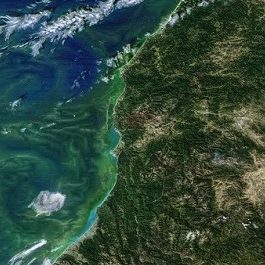Remote sensing & GIS

Increasingly, we're investigating changes over large parts of the world in different ecosystems. Understanding how and why large scale changes are occurring across the landscape is critical for management of environments and informing relevant policy. Also, such large scale changes, particularly to vegetation communities, can provide understanding of some of the pressures on dependent animals. There are more and more sophisticated tools for investigating our environments at a landscape scale.








